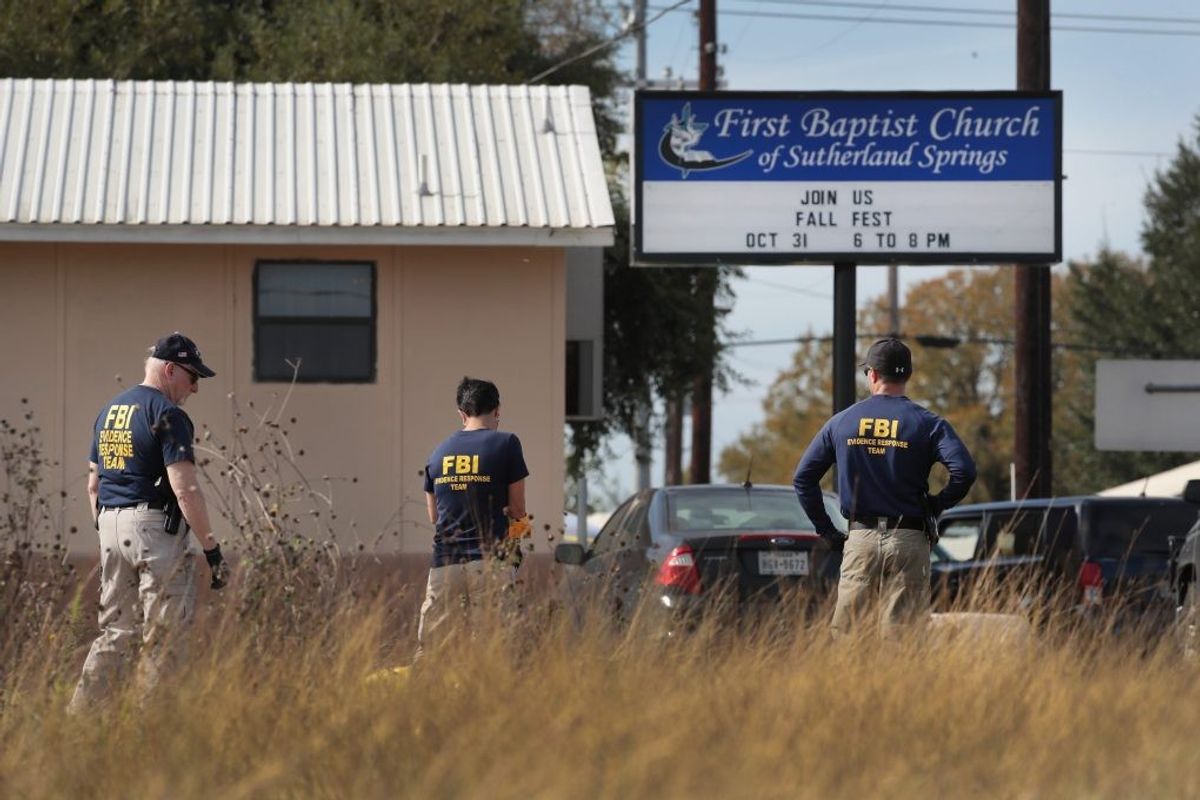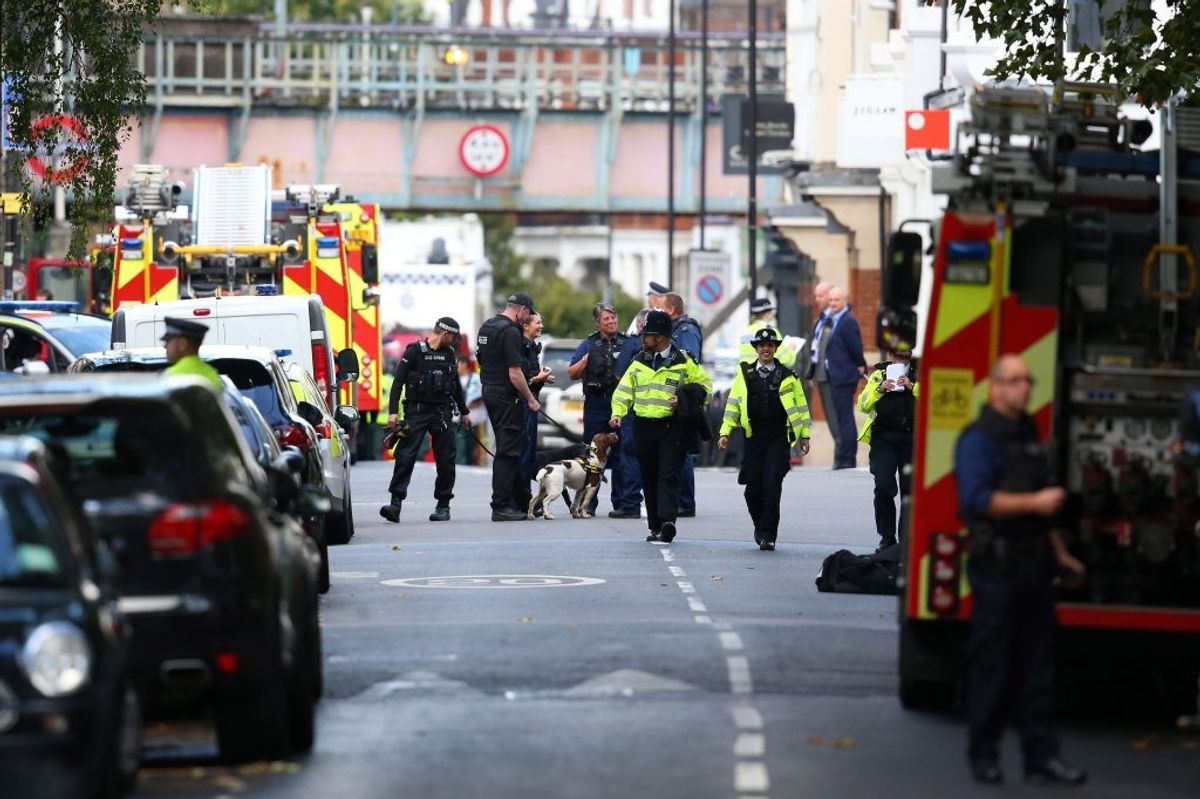The Department of Homeland Security announced Thursday an updated version of the National Terrorism Advisory System Bulletin.
The move comes in the aftermath of the Halloween vehicle attack in New York City that left eight dead. By updating the terror alert system, DHS signaled the threat to the United States remains high and affirmed that the Department was increasing efforts to prevent the recruiting and radicalization of potential terrorists.
“After careful consideration of the current terror threat environment—and with input from intelligence and law enforcement partners, I have made the decision to update and extend the NTAS Bulletin for six months,” said Acting DHS Secretary Elaine Duke in a press release announcing the decision on the DHS website.
The National Terrorism Advisory System Bulletin, or NTAS, is an advisory which highlights “current developments or general trends regarding threats of terrorism.” It is a lesser advisory than an “elevated” or an “imminent” alert, both of which warn of credible terrorism threats to the U.S.
The updated bulletin is set to expire in May 2018.
“Our enemies remain focused on attacking the United States, and they are constantly adapting,” Duke warned.
Although the DHS announcement did not indicate it was in response to any particular threat, on previous occasions, the bulletin was reissued shortly after a major terror attack, including on December 16, 2015, just weeks after the San Bernardino mass shooting, and on June 15, 2016, a few days after the June 12 Orlando nightclub shooting.
“I would not read into it that it means we have intel on a specific new threat stream,” says Todd Rosenblum, former deputy undersecretary of intelligence at DHS.
“More likely, the Department is making sure it is maximizing its public warning tool kit”, Rosenblum told the Cipher Brief.
While ISIS quickly declared the suspect in the October 31 New York vehicle attack, Sayfullo Saipov, a 29-year old immigrant from Uzbekistan, was “a soldier of the caliphate,” the level of the group’s involvement in the carnage remains less certain.
“The attack has all of the hallmarks of an ISIS-inspired terrorist attack using a truck, such as that seen in Nice and Berlin,” said Charlie Allen, a Cipher Brief expert and former undersecretary for Intelligence and Analysis at DHS.
The New York Times reported that notes containing phrases associated with ISIS were found in the vehicle, closely following instructions on how to carry out such an attack that were published in an ISIS-affiliated magazine last year.
The issue of terror-inspired attacks on so-called soft targets is one that has vexed law enforcement officials, and one that is very tough to address.
“It is very difficult to prevent lone wolf attacks- for all sorts of reasons. And, no matter how far back you push the security perimeters at key locations, there will also be that place where the secure area ends and the non-secure area starts,” Michael Morell, former acting Director and Deputy Director of the CIA, told the Cipher Brief following the vehicle attack on London Bridge in June.
Rosenblum cautions against reading too much into the bulletin however, explaining that the NTAS has evolved over the last few years from a “clarion call to the public…that there is credible information of a specific threat and heightened security measures should be put in place,” to a “steady state document that reads more like an annual threat posture”, one which is “modestly useful.”
Verdi Tzou is a national security web editor at The Cipher Brief.









